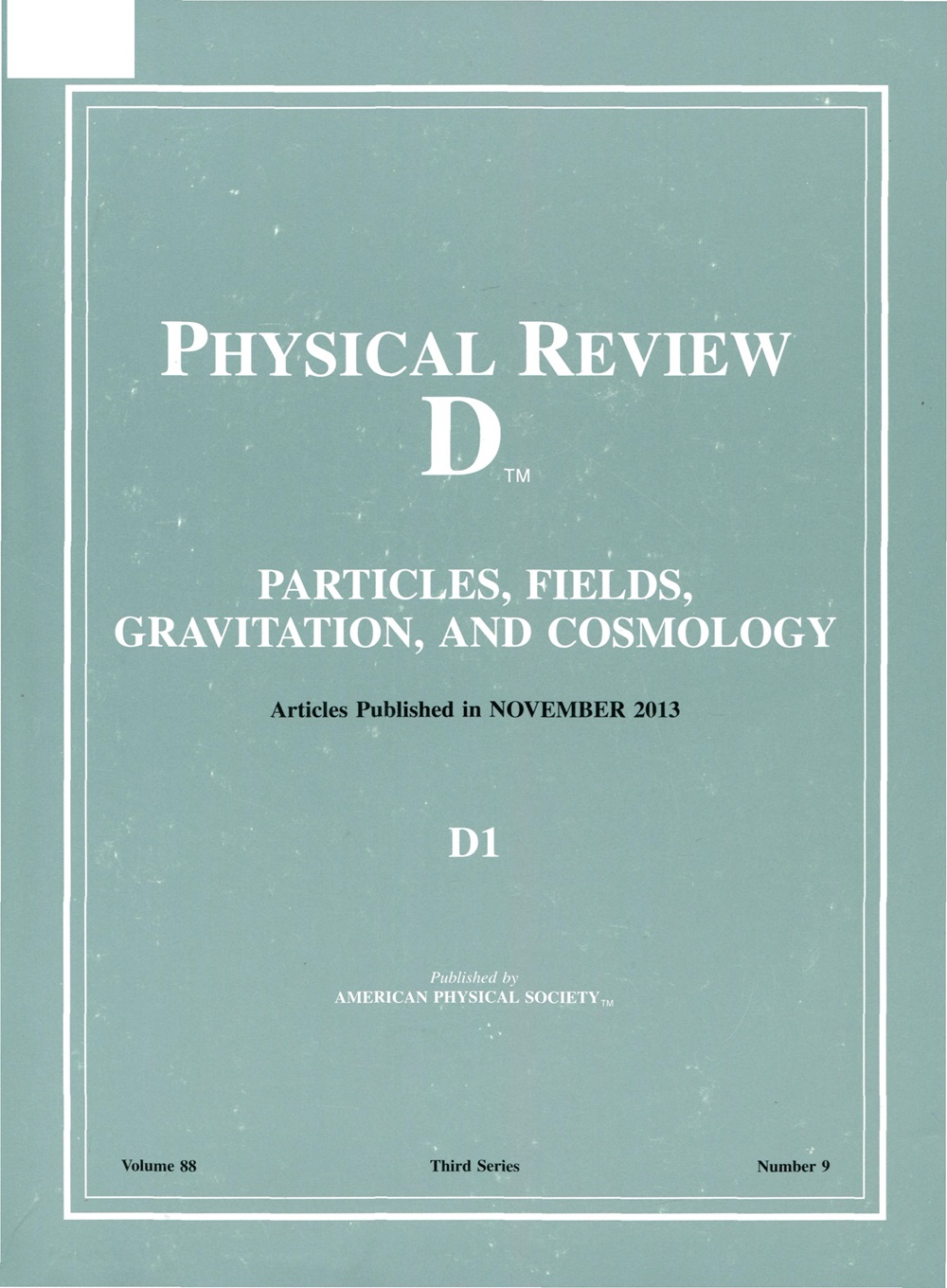Global signal in the redshifted hydrogen 21-cm line from the dark ages and cosmic dawn: Dependence on the nature of dark matter and modeling of first light
IF 5
2区 物理与天体物理
Q1 Physics and Astronomy
引用次数: 0
Abstract
We estimate the global signal in the redshifted hyperfine structure line 21 cm of hydrogen atoms formed during the dark ages and cosmic dawn epochs. The evolution of the brightness temperature in this line was computed to study its dependence on the physical conditions in the intergalactic medium. We show that the profile of this line crucially depends on the temperature and ionization of baryonic matter, as well as the spectral energy distribution of radiation from the first sources. The cosmological models with self-annihilating and decaying dark matter with allowable parameters by current observational data were considered, as well as the modeling of first light, which is consistent with the observational data on reionization. The results show that the dark ages part of the profile is very sensitive to the parameters of self-annihilating and decaying dark matter particles, while the cosmic dawn part of the profile is very sensitive also to the spectral energy distribution of radiation from the first sources. It was concluded that only compatible observations of the redshifted 21-cm line in the decameter and meter wavelength range, formed during the dark ages and cosmic dawn, will make it possible to constrain the parameters of dark matter models and astrophysical models of the first sources based on the radio tomography of the young Universe.求助全文
约1分钟内获得全文
求助全文
来源期刊

Physical Review D
物理-天文与天体物理
CiteScore
9.20
自引率
36.00%
发文量
0
审稿时长
2 months
期刊介绍:
Physical Review D (PRD) is a leading journal in elementary particle physics, field theory, gravitation, and cosmology and is one of the top-cited journals in high-energy physics.
PRD covers experimental and theoretical results in all aspects of particle physics, field theory, gravitation and cosmology, including:
Particle physics experiments,
Electroweak interactions,
Strong interactions,
Lattice field theories, lattice QCD,
Beyond the standard model physics,
Phenomenological aspects of field theory, general methods,
Gravity, cosmology, cosmic rays,
Astrophysics and astroparticle physics,
General relativity,
Formal aspects of field theory, field theory in curved space,
String theory, quantum gravity, gauge/gravity duality.
 求助内容:
求助内容: 应助结果提醒方式:
应助结果提醒方式:


